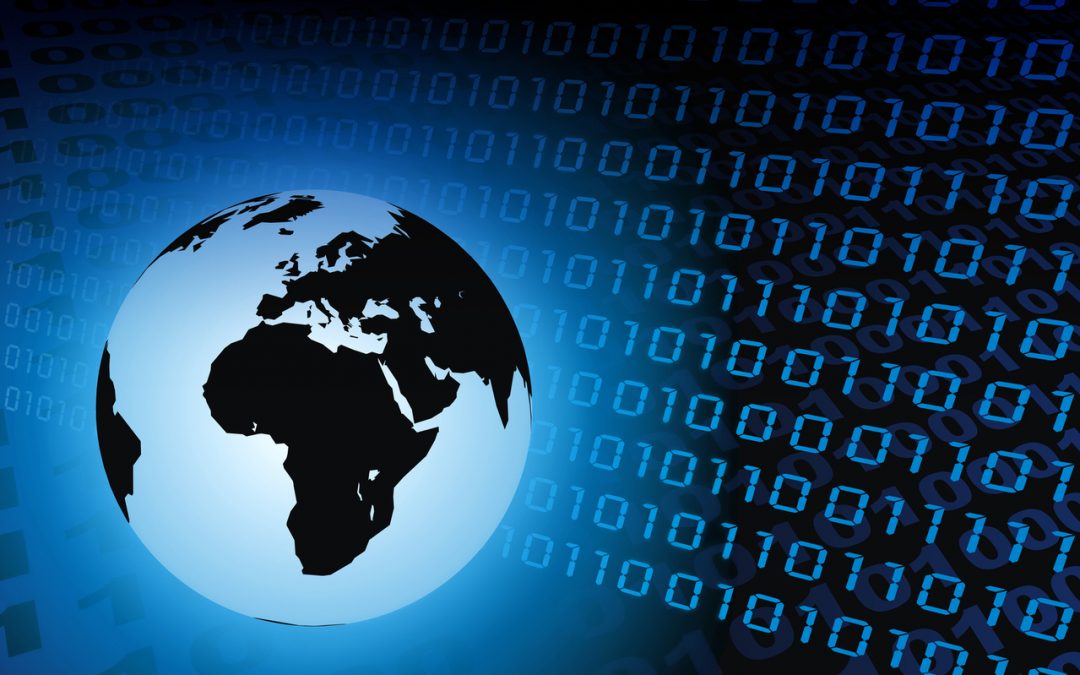A while after my earlier discussion with Abinash Tripathy from Helpshift about the value for customer experience of bots in customer support he contacted me with some exciting news about what he and his team are doing now. Believe me, it is interesting – but read for yourself.
Our conversation, of course, led on to another vivid discussion about things to come and things that in our opinions should come.
The bottom line is that we live in a data driven, always on, real-time world, where prediction of events or the ability to suggest an action is becoming increasingly a differentiator … be it in a B2B- or a B2C world. Think of Rolls-Royce selling uptime of their engines, entire airplanes nearly continuously sending telemetry data “home”, or the massive amount of data that a Formula 1 car continually sends in order for the team to take proper real-time decisions. Any car already collects a lot of data – it just needs to get connected to allow for prediction of maintenance to prevent failures. Or think of entire power grids that are already instrumented in a way that allows the operator to predict a failure several days in advance, so that the affected element can get fixed before it fails.
It is all in the data?
The secret is in having the data. And in the algorithms, be they event- and rule based, or more sophisticated and using machine- or deep learning. Neither data nor algorithms alone are the goal.
Because what is needed is actionable insight.
Actionable insight emerges only if the right algorithms are applied to the right data. Data and algorithms are the means to an end, and the end is a job-to-be-done. The job-to-be-done in our support context is a prediction, or a suggestion, or just a notification.
But how does the customer benefit from it?
Elementary, my dear Watson!
A system that works like this offers an improved customer experience by avoiding failures and by offering the ability to pro-actively approach customers to get things done. Combining this with ubiquitous mobile communication it also offers the possibility to engage with customer in their context, meaning right situation, right time, right location, right communication channel.
Or, formulating it the other way round: Massive computing power combined with sensors, delivered via the cloud to mobile devices, is what enables the delivery of real-time, data driven, and personalized experiences.
Both, customer support and –engagement, are increasingly delivered in app or through messaging interfaces. Despite the decreasing number of apps that are getting installed, the offer of good, immediate support may well be the incentive for customers to install a branded app, especially if the backend can already work with enough data to establish the relevant context, automatically and manually delivered by the customers via their devices.
The big bright IoT- and AI future
Now by extension this works in IoT scenarios, too. As said before, the main juice lies in the data and the algorithms on the back end. Imagine a connected car that tells its owner that something critical is about to break and probably also makes a service technician initiate a call to offer on-the-spot support. There are lots of scenarios possible, including the currently hotly contested and wild-west like home automation market or multiple scenarios in predictive machine maintenance. In an –as-a-service economy most product vendors need to change their business models from selling machinery to selling outcomes. The product is only a vehicle to achieve the outcome, nothing more. The customer does not want to have a washing machine but clean clothes, not a light bulb but light, not a car but (individual) transportation (yes there are some not fully rational parameters involved, but in essence it is about the outcome).
Mainly these scenarios are still in a fluid stage, but they are emerging. Technologies are being built. Ecosystems are developing around supporting them. Think of home automation and IoT scenarios where all the big names, Amazon, Google, Apple, not talking about Telcos, and others, are trying to establish themselves, offering platforms for other companies to connect devices to have them talk to each other and a control hub. Wild West, Gold Rush style, as said. But as a vendor one needs to position oneself already now and select the right ecosystems to partake in.
As a word of caution: During Gold Rush times it was not the customer who benefitted most. This would be an article of its own …
But what about now?
So, looking more near term.
Contextual, relevant marketing messages are best delivered based on rich customer data, too. Delivered to the right customer, at the right time and location, in the right context – and using the right, i.e. the customer’s preferred, channel. This is a good part of the secret behind companies like Krux, or Kahuna, to name but two that have been talked about lately. An increasingly important part of this the ability to deliver messages in-app, via messaging systems or as push notifications. However, the good ole e-mail is not dead, too; and it is likely to stay for some more time.
Another important part is the ability to build segmentation models that get continuously evaluated in real time, over a period of time. This enables the event-based initiation of a communication, e.g. when entering a geo-fenced area during a certain time, perhaps including weather information and definitely information about the person. Add beacon support and/or integration to e.g. payment systems, loyalty systems, survey systems and a whole lot of near term opportunity arise that can lead to service automation tying into marketing automation, which in turn directly results in a sale, thus somewhat short-circuiting the traditional distribution into three functions, marketing, sales, service.
It also leads into the direction of the big, bright future.
Roadblocks included. Many of them.
Exciting times ahead.

